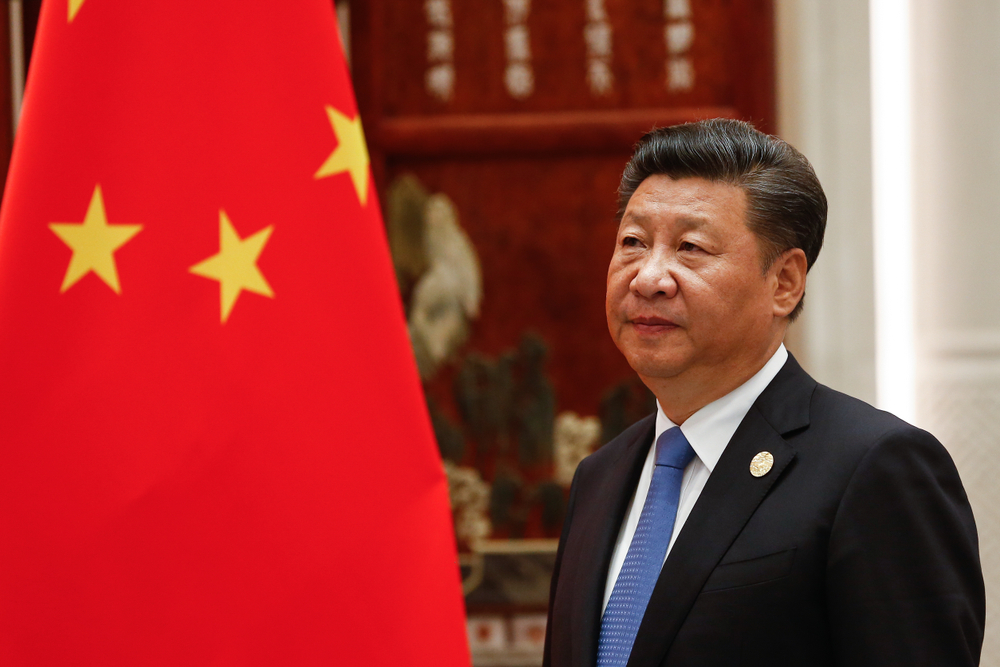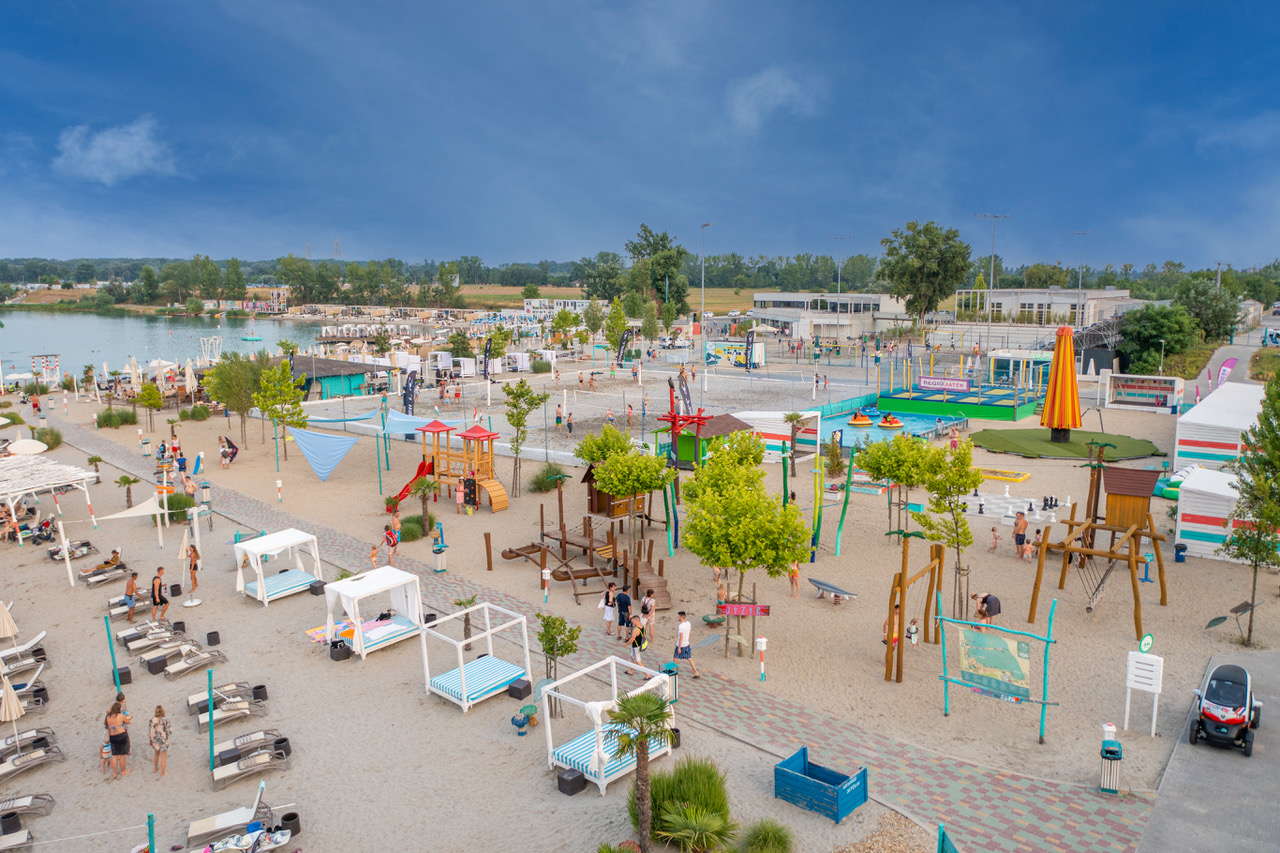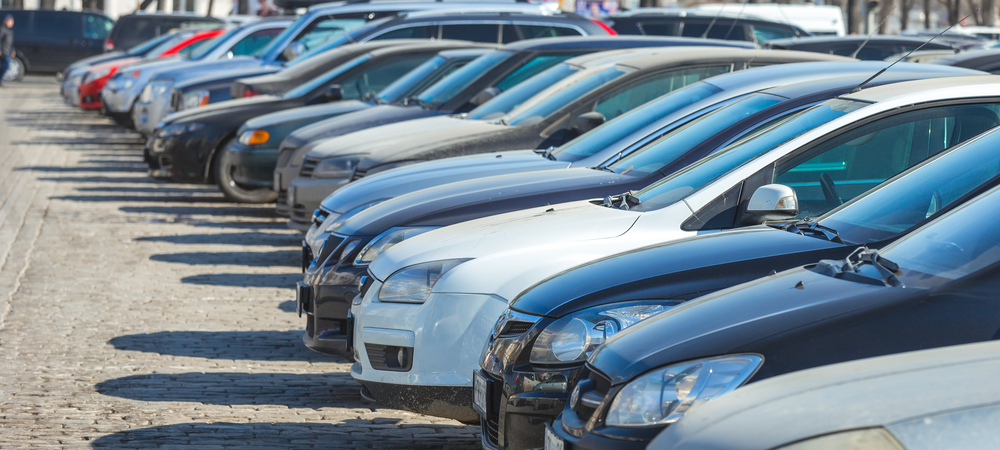Controlling Brazil’s Amazonian deforestation

Brazil’s Amazonian deforestation declined dramatically from 2004 to 2012, and many have been quick to claim credit for the improvement. The Brazilian government has repeatedly claimed that the change is thanks to inspections and fines for illegal clearing, and soy multinationals claim their supply chains are now “green” thanks to self-governance.
A mantra is omnipresent in Brasília that deforestation is “under control.” The corollary of this theory, of course, is that the government need not fear that its extensive plans to build highways and dams in Amazonia will provoke deforestation. Unfortunately, this is incorrect.
First of all, the decline in deforestation appears to be ending. The annual rate of clearing increased by 29 percent from 2012 to 2013. While the Ministry of the Environment described this as a “hiccup,” there are indications that the increase has continued in 2014.
On October 14, the Ministry of the Environment decided not to release the MODIS satellite data for August and September from the DETER “real time” deforestation monitoring program until after the October 26 runoff election for Brazil’s next president. This signals that deforestation must have risen yet again – when the news is good, it tends to be trumpeted immediately.
The deforestation decline from 2004 to 2012 occurred for many reasons, most of which are not likely to protect against future clearing. Most of the decline occurred between 2004 and 2008. Econometric studies show that virtually all of the decline during this period can be explained by commodity prices. The international price of soy peaked in 2003 and declined until late 2007, when a brief rise was followed by the global economic collapse. Beef prices, when corrected for inflation, also declined from 2004 until late 2007.
The exchange rate for Brazilian currency worsened over the same period from the standpoint of commodity exporters. The Brazilian real peaked at almost R$4/US$ in 2002, and then declined steadily to a low of R$1.5/US$ in 2011. (It has now risen to R$2.4 and continues to rise.)
Those exporting soybeans or beef have all of their expenses in Brazilian reals, but what they get back is in dollars. If those dollars are only worth half as much in Brazil as they were at the peak of deforestation, the profit (as a percentage of investment) will fall by much more than half. Clearly, this made deforestation less attractive as an investment when the bulk of the decline occurred.
But something changed in 2008. Global commodity prices recovered after 2008, but deforestation rates remained relatively low. So, what changed?
I suggest that the key factor was a 2008 resolution by Brazil’s Central Bank (Resolution 3.545/2008) forbidding government banks from financing agriculture and ranching in properties that had fines pending with the environmental authorities.
Unlike the fines themselves, this was a measure with real teeth. With a phalanx of lawyers, wealthy landholders can appeal fines for illegal deforestation almost indefinitely, and few of the fines handed out by the federal Brazilian Institute of Environment and Renewable Natural Resources (IBAMA) are ever actually paid.
The Central Bank measure, on the other hand, has no appeal, and anyone with a fine appearing in IBAMA’s computers will automatically lose access to this (generously subsidized) financing. This makes the inspection and fining activities of IBAMA much more effective, even if the scale of the inspection effort does not increase significantly.
However, the Central Bank resolution is fragile, and could be reversed literally at the stroke of a pen. The powerful “ruralist block” (representatives of large landholders in the National Congress) is working to do just that.
The power of the ruralists greatly exceeds their numbers, as suddenly became clear in 2011 and 2012 with the approval of a reform that gutted Brazil’s Forest Code. The Forest Code that was in effect until 2012 was a set of regulations enacted in 1965 that imposed restrictions on deforestation. It required a certain percentage of each property to be kept in forest, prohibited clearing on steep slopes, and required a strip of forest to be left for a specified distance on each side of rivers and streams (note: enforcement was lax).
When the radical reduction in deforestation restrictions and a pardon for most past violations of the code was approved, the initial vote in the Chamber of Deputies (the lower house, with representation proportional to population) approved the changes by a margin of seven to one – that is, seven votes against the environment for every vote for it.
Brazil’s population is now 85 percent urban, so the vast majority of voters have no direct financial stake in being permitted to clear steep hillsides or riverbanks. Opinion polls shortly after the vote also showed that 85 percent of the population was against any change to the Forest Code. So, how can one explain the vote? The logical conclusion is that the money from exports of soy and other commodities in deforested areas translates into political power – lots of political power.
The mantra that deforestation is under control is dangerous because many forces acting in Amazonia today lead to more deforestation rather than less. One is the Growth Acceleration Program (PAC), with its long list of planned highways and dams. Many studies have shown deforestation to result from projects like these.
The worst is the planned BR-319 (Manaus-Porto Velho) highway, which would connect the “arc of deforestation” in the southern part of the Amazon region to existing and planned roads that would open roughly half of the remaining forest to the entry of deforesters.
Both of the candidates in Brazil’s upcoming presidential runoff vowed to build the road when they made campaign visits to Manaus, a city of two million in the center of the Amazon where the Rio Negro meets the Amazon River. The value of the road proposal in gaining votes in Manaus has little to do with its costs or impacts: No economic viability study has ever been done for the road, and transporting freight from Manaus to São Paulo by ship would be much cheaper than by road, even if the highway had zero financial cost.
The gutting of the Forest Code also points to more deforestation, especially because it has strengthened the assumption that any future violations of environmental regulations will eventually be pardoned.
The tendency is for ever-more investment in deforestation and more international trade with continued expansion of markets for soy and beef in China. Cattle pasture has always been the main replacement for forest in most of Brazilian Amazonia. Increasing beef exports (made possible by the elimination of foot-and-mouth disease) have now reinforced this.
Russia, already a major market for Brazilian beef exports, has soared in importance since European exports to Russia have been impeded following the recent events in Ukraine.
Soy, which is advancing in Amazonia from the region’s southern edge, can be expected to advance much further with planned highways, waterways, and railways. In addition to replacing forest directly, soybeans are also advancing over large areas of cattle pasture in the state of Mato Grosso at the southern fringe of Amazonia. Ranching is then displaced northward into rainforest areas in the state of Pará.
This has been shown statistically, but Brazil’s diplomats deny the existence of the phenomenon: In the March 2014 meeting of the Intergovernmental Panel on Climate Change (IPCC) to approve the impacts portion of the Fifth Assessment Report, Brazilian diplomats were successful in getting mention of this effect removed from the report’s summary for policymakers. As history has repeatedly shown, the first step in addressing these problems is to admit that a problem exists.
-- written by Philip Fearnside, provided to BBJ by The MarkNews
Philip Fearnside is a researcher at the National Institute for Research in Amazonia (INPA) in Manaus, Brazil.
SUPPORT THE BUDAPEST BUSINESS JOURNAL
Producing journalism that is worthy of the name is a costly business. For 27 years, the publishers, editors and reporters of the Budapest Business Journal have striven to bring you business news that works, information that you can trust, that is factual, accurate and presented without fear or favor.
Newspaper organizations across the globe have struggled to find a business model that allows them to continue to excel, without compromising their ability to perform. Most recently, some have experimented with the idea of involving their most important stakeholders, their readers.
We would like to offer that same opportunity to our readers. We would like to invite you to help us deliver the quality business journalism you require. Hit our Support the BBJ button and you can choose the how much and how often you send us your contributions.





.jpg)


